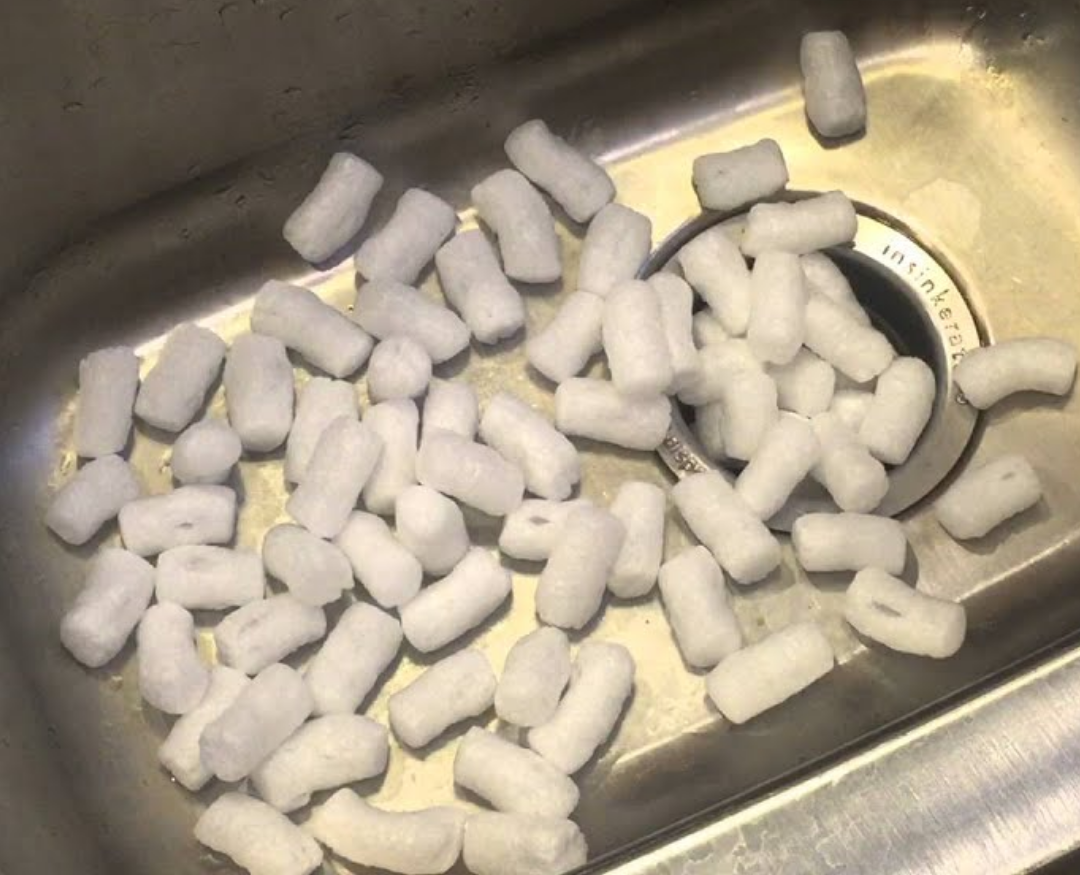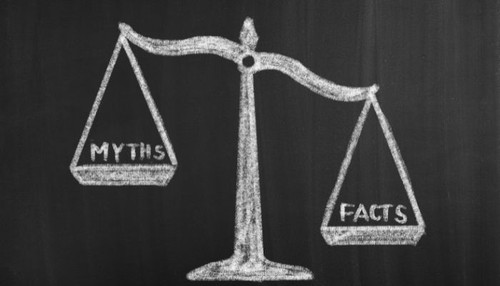Ten Sustainability Myths Busted
Posted on May 27th 2022
Ten Sustainability Myths Busted
We know there is a lot of misinformation out there about sustainable packaging.
Here, we share our research and insights in response to ten myths we often hear.
Sustainability decisions can be complex, and ultimately, there are no silver bullets. We are here to help make it easy to ensure your packaging is as circular as possible.

Myth #1: Additives that help plastic biodegrade in landfills are good for the planet.
Decomposing trash in landfills creates methane. 80% of landfills release this methane (20% capture it), making landfills the nation's third largest contributor to GHG emissions. Skip these additives - we do not want packaging to biodegrade in the landfill!
Read our Guide to Bioplastic Packaging for more detail about bioplastic additives.
Myth #2: If something is "hard-to-recycle", it isn’t worth recycling.
Poly film isn't accepted curbside because it gets caught in the gears of sorting equipment, causing costly shutdowns. Technically, the material is readily recyclable in thin film bins, has buyers and is a high value input. Encourage customers to recycle their poly film.
Check out our Poly Film Take Back Program
Myth #3: Certified sustainable sourcing is better than recycled content for paper.
Environmental experts agree - all things equal, it is better to make packaging from existing materials, not a live tree (even if that tree was certified as sustainably grown). When recycled content isn't feasible, make paper from next gen fibers and then sustainably grown trees verified not to be from old growth forests.
Read more about how to source sustainable paper packaging here.

Myth #4: Recycling doesn’t actually get recycled.
Ever read a stat like - only 2% of recycling actually gets recycled!? Statements like these do a grave disservice to the sustainability movement. Well run MRFs (facilities that receive, sort and sell your recycled materials) successfully sell 90% of what they receive, and what isn't sold never should have been in the bin to begin with.
Check out this amazing EcoCycle video that sheds light on this myth and the reality of the situation, with an honest look at the true challenges of recycling that we need to address.
Myth #5: Bioplastics are better than recycled content.
"Renewable" and "biodegradable" plastics are touted as silver bullet solutions. But, when they can lead us to different but equally problematic environment challenges. Use bioplastics for ecommerce only when: (1) recycled content isn't feasible, (2) source material is grown ecologically, and (3) it can be designed for recyclability.
Our Guide to Bioplastic Packaging sheds more light on this.
Myth #6: Recycling is not actually net positive for the planet.
People make claims that the energy used to pick up, sort and distribute recycled content is so high, we should just landfill the materials instead. That is absolutely false!
The net ecological benefits of recycling are clear: Recycled aluminum saves 95% of energy, recycled paper saves 60%, recycled plastic and glass saves about 30-50%.
Myth #7: It is better to compost than recycle packaging.
According to the research and guidance of every materials expert, waste management provider and sustainable packaging leader we have engaged, the current consensus is clear: All non-food packaging should be designed for recyclability, not compostability.
Learn more: Composters do not want your bioplastic packaging | Recyclable Mailers versus Compostable Mailers

Myth #8: Dissolvable bioplastics are great for packaging.
PVOH and cornstarch foam dissolve in water. Seems great for packaging, right? No! Proceed with caution on dissolvable plastics. Wastewater treatment facilities were designed for solid, organic waste, not water soluble materials. This residue will flow to our waterways, further damaging their ecosystem.
We've made grave mistakes with our waterways in the past - with everything from DDT to microplastics to Teflon. As a society, we tend to act only after we've damaged our water and need to stem the tide. Let's not turn to dissolvable plastics as a silver bullet, and recognize that it may actually lead us down a more challenging path. Read more about dissolvable plastics here.
Myth #9: We don't need Extended Producer Responsibility (EPR) because everyone already recycles.
The rate of recycling in the US is only 32%. While EPR legislation has stagnated nationwide, (though we've had a major recent win in Colorado!), we believe these policies will find success long-term and will help brands, cities and households achieve the EPA’s goal of a 50% recycling rate by 2030.
Myth #10: If something has the chasing arrows sign, it can be put in every blue bin across the country.
Recycling rules vary drastically, based on the sorting equipment and ready buyers of each MRF. Rules for ecommerce packaging are fairly consistent: curbside recycle paper-based packaging, drop poly packaging in thin film bins. Read more.


